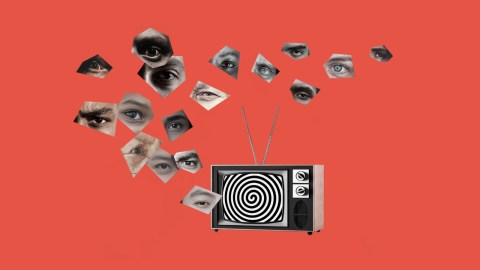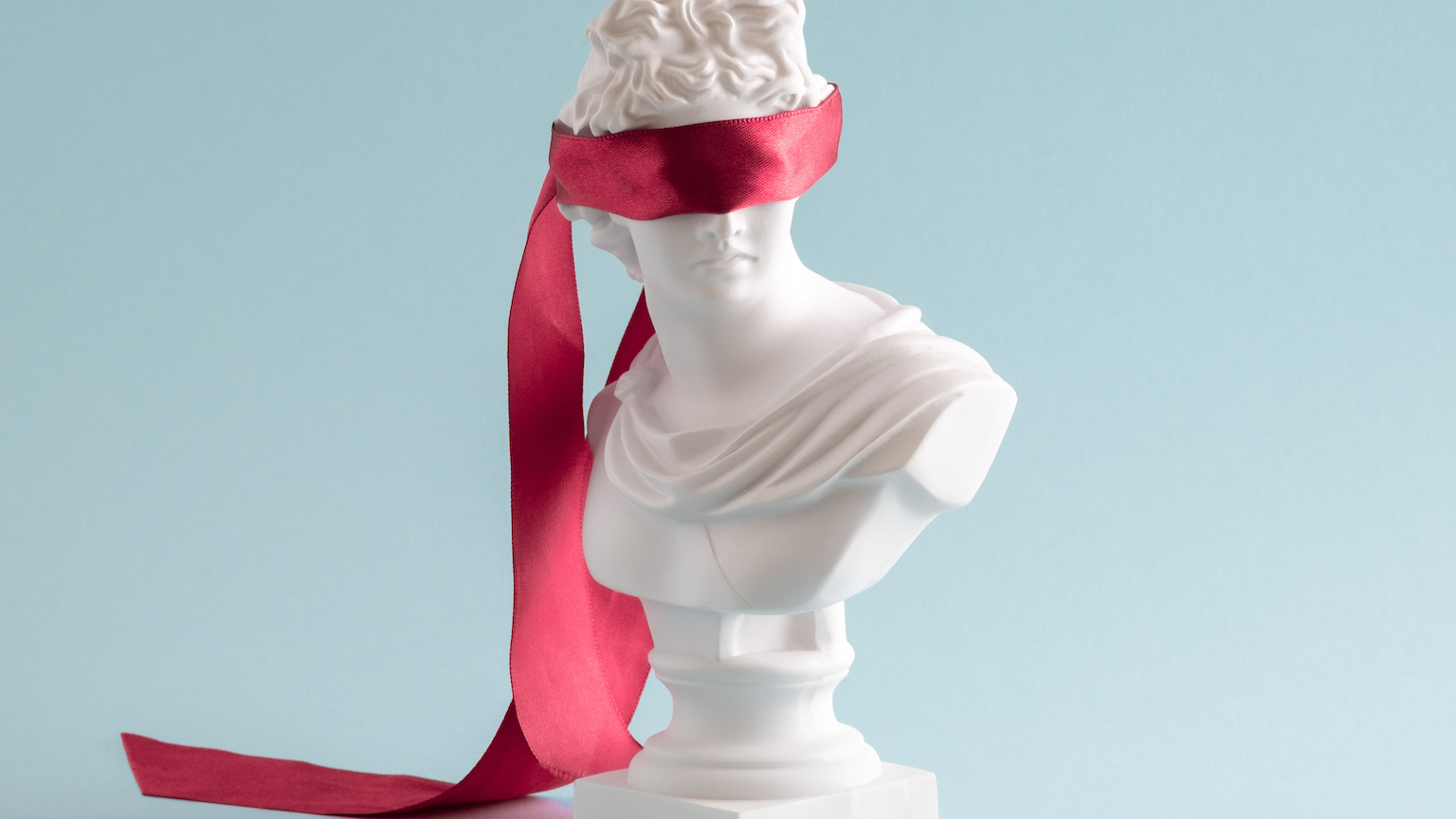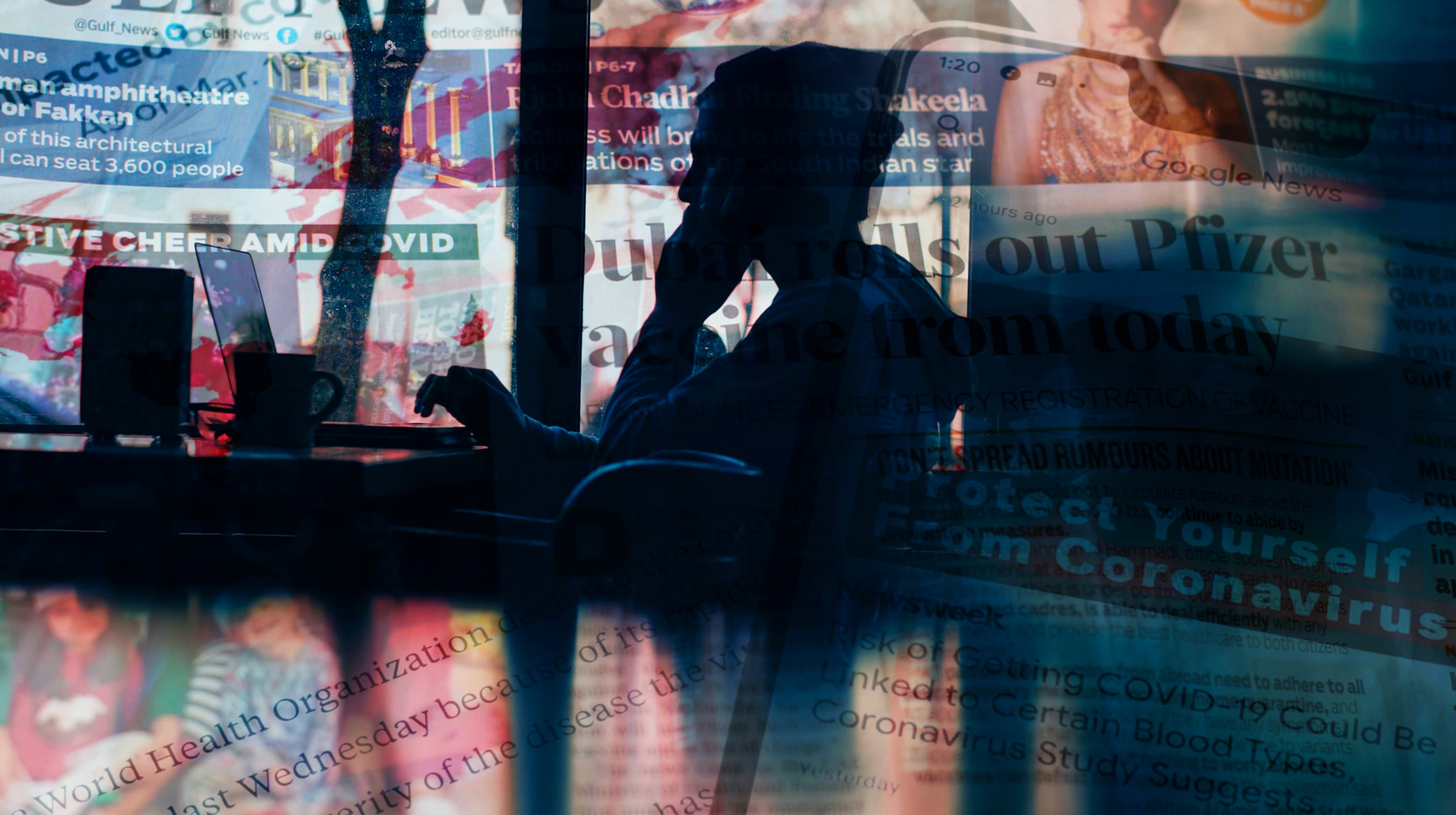10 rules to determine if a conspiracy theory is true or false

- History has shown that conspiracies sometimes do happen. But they tend to target specific events with limited and well-defined goals.
- Many conspiracy theories are grandiose and would require the involvement of thousands of people. This makes them extremely unlikely to be true.
- In his latest book, Michael Shermer provides 10 rules that serve as a “Conspiracy Detection Kit.”
In 1997 I appeared on the late G. Gordon Liddy’s radio talk show while on a media tour for my first book, Why People Believe Weird Things. Liddy asked me if I thought conspiracy theories are weird beliefs and if we should be skeptical of them. It was a set-up question that he himself answered after I demurred to the man behind the Watergate conspiracy.
Most conspiracy theories are false, he told me, for two reasons: (1) the competency problem and (2) the leakage problem. Most conspiracists, Liddy continued, are bumbling, fumbling nincompoops who can’t keep their mouths shut — three people can keep a secret, he added, echoing Benjamin Franklin, if two of them are dead.
Since, as I demonstrate in my book, some conspiracy theories are true, we cannot just dismiss them all out of hand. So how can we tell the difference between a true and false conspiracy theory? What metric, algorithm, or rule of thumb can we apply to a conspiracy theory to determine whether it is likely true, probably false, or undecidable? Think of it as a signal detection problem in a 2×2 matrix illustrated in the figure below.

Signal Detection Theory aims to assess if a signal, or information, represents a true or false signal, and our decision as to whether or not the signal is true or false affords us to diagram a 2×2 choice matrix. The upper-left cell represents conspiracy theories that are true and that you correctly identify as such. That’s called a hit. The upper-right cell represents conspiracy theories that are true but that you incorrectly identify as false. That’s called a miss, or a False Negative, or a Type II Error. The lower-left cell represents conspiracy theories that are false and you correctly identify them as such, and that is called a correct rejection, another type of hit. The lower-right cell represents conspiracy theories that are false but that you incorrectly identify as true; that is, you think the theory represents a true conspiracy but it doesn’t. That’s called a False Positive, or a Type I Error.
Keep in mind that because conspiracy theories are so varied, there is no set of criteria that can accurately assess the verisimilitude of every conspiracy theory. So think of this 2×2 matrix as a heuristic, a rule of thumb, a way to come at the problem of assessing the truth about a claim that is not foolproof, but neither is it a random guess, starting with the fact that conspiracy theories fall along a spectrum of plausibility.
What follows is a 10-point list for a “Conspiracy Detection Kit.” The more that a conspiracy theory manifests the following characteristics, the less likely it is to be a real conspiracy.
1. Patternicity. Proof of the conspiracy supposedly emerges from a pattern of “connecting the dots” between events that need not be causally connected. When no evidence supports these connections except the allegation of the conspiracy, or when the evidence fits equally well to other patterns — or to randomness — the conspiracy theory is likely false.
2. Agenticity. The agents behind the pattern of the conspiracy would need nearly superhuman power to pull it off. Most of the time in most circumstances, people, agencies, and corporations are not nearly so powerful as we think they are. If the conspiracy theory involves super-powerful agents, it is likely false.
3. Complexity. The conspiracy theory is complex, and its successful completion demands a large number of elements coming together at just the right moment and in the proper sequence. The more elements involved and the more delicate the timing of the sequence in which they must come together, the less likely the conspiracy theory is to be true.
4. People. The more people involved in the conspiracy theory, the less likely it is to be true. Conspiracies involving large numbers of people who would all need to keep silent about their secrets typically fail. People are incompetent and emotional. They screw up, chicken out, change their minds, have moral scruples. Conspiracy theories treat people as automata or Manchurian candidates operating like programmed robots carrying out their commands. That is unrealistic.
5. Grandiosity. If the conspiracy theory encompasses some grandiose ambition for control over a nation, economy, or political system, and especially if it aims for world domination, it is almost certainly false. The bigger the conspiracy, the more likely it is to fail for the above reasons of complexity and people.
6. Scale. When the conspiracy theory ratchets up from small events that might be true to much larger events that have much lower probabilities of being true, it is very likely false. Most real conspiracies involve very specific events and targets, such as insider trading on Wall Street, price fixing in an industry, tax evasion by a corporation or individual, government aid to a political ally in one country, and, yes, the assassination of a political leader, but always for a narrow goal of grabbing power or ending tyranny.
7. Significance. If the conspiracy theory assigns portentous and sinister meanings and interpretations to what are most likely innocuous or insignificant events, it is most likely false. Again, most conspiracies are narrowly focused and significant only to those who will benefit or be hurt. Most real conspiracies do not change the world, although there are exceptions, as we shall see in the chapter on the conspiracy that launched the First World War.
8. Accuracy. If the conspiracy theory commingles facts and speculations without distinguishing between the two and without assigning degrees of probability or of factuality to the components of its claim, it is likely to be false. Conspiracists are notorious for sprinkling in a handful of verifiable facts amid a vast array of conjectures and suppositions, which blur reality and confuse listeners into thinking there is more to the theory than there actually is.
9. Paranoia. The conspiracy theorist is extremely and indiscriminately suspicious of any and all government agencies or private corporations, which suggests a lack of nuance in understanding how the world works. Yes, sometimes “they” really are out to get you, but usually not. When you combine the above elements in a conspiracy theory, almost always what looks like a portentous conspiracy is, in fact, either randomness or has a far more prosaic explanation.
10. Falsifiability. Conspiracy theorists typically refuse to consider alternative explanations, rejecting all disconfirming evidence for the theory, and blatantly seeking only confirming evidence to support what has a priori been determined as the truth. To return to Karl Popper and the line of demarcation drawn at the falsifiability of a claim, if a conspiracy theory cannot be falsified, it is probably false.
To these factors we should add one more: the type of country or society in which the conspiracy is alleged to unfold. Open, transparent, and free liberal democracies make it more difficult to pull off a conspiracy because of the apparatus in place to prevent illegal or immoral cabals from forming to cheat the system (think of all the checks and balances designed by the founders of the United States — it was various forms of political conspiracies they were concerned about), whereas closed, autocratic societies protect and even enable conspiratorial shenanigans, and in some cases the government itself is the most dangerous conspiracy citizens face. And researchers have found that conspiracy theories about the government are especially rampant in autocratic societies, albeit unexpressed out of fear of reprisals.
As we approach the 2024 election, keep this in mind as election deniers continue to claim that conspiracies are afoot unless their party wins. We could witness another January 6, 2021 insurrection event if too many of us accept a false conspiracy theory as true.





